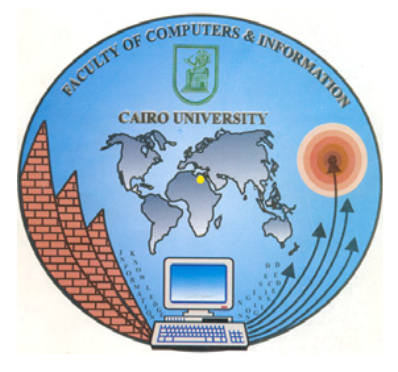- Compact style
- Indico style
- Indico style - inline minutes
- Indico style - numbered
- Indico style - numbered + minutes
- Indico Weeks View
Workshop on Astro-particles and Gravity
→
Africa/Cairo
Faculty of Computers and Artificial Intelligence (Cairo University)
Faculty of Computers and Artificial Intelligence
Cairo University
5 Dr. Ahmed Zewail Street, Postal Code: 12613, Orman, Giza, Egypt
, , ,
Description
The intent of the workshop is to provide meetings and discussions between Egyptian researchers and international researchers in order to enhance collaboration and exchange of information in the fields of Astroparticle Physics, Gravitation Physics and Cosmology. Prominent members of the international community will be invited to give presentations. A limited number of students and junior researchers will have the opportunity to attend.
There are no registration fees and participation in the workshop by invitation.
The workshop topics:
1- Cosmology
2- Cosmic Microwave Background
3- Cosmic Inflation
4- Dark Energy
5- Neutrinos (Astroparticles)
6- Dark Matter
7- Black Holes
8- Gravitational Waves
9- Modified Gravity
10- Cosmology in Alternative Geometries
Organizing Committee:
Ahmad Moursy (Cairo University, Chair)
Amr El-Zant (The British University in Egypt)
Mustafa Ashry (Cairo University)
Waleed Abdallah (Cairo University)
Invited Speakers:
Adel Awad (Ain Shams University, Egypt)
Alexey Golovnev (The British University in Egypt)
Amare Abebe (North-West University, South Africa)
Amr El-Zant (The British University in Egypt)
Anish Ghoshal (University of Warsaw, Poland)
Christian Pfeifer (Bremen University, Germany)
Ebtsam Taha (Cairo University, Egypt)
Erasmo Caponio (Politecnico di Bari, Italy)
Gamal Nashed (The British University in Egypt)
Heba Abdulrahman (North-West University, South Africa)
Lucien Heurtier (IPPP, Durham, England)
Mahmoud Hashim (The British University in Egypt)
María José Guzmán (University of Tartu, Estonia)
Mary Bishai (Brookhaven National Laboratory, US)
Merna Ibrahim (Ain Shams University, Egypt)
Roland Allen (Texas A&M University, US)
Waleed El Hanafy (The British University in Egypt)
IT Support:
Mustafa Magdi
Hani Yehia
The workshop is supported by:
 .
. 


Participants
Abdelhamid Galal
Abdelrahman Yasser
Adel Awad
Adel Mosharafa
Ahmad Moursy
Ahmed Ismail Ismail
Ahmed Raafat
Alexey Golovnev
Ali Ellithi
Ali Mohamed Nassar
Amare Abebe
Ammar Kasem
Amr El-Zant
Anish Ghoshal
Ashraf Mohamed
Aya Abdelghany
Cem Salih Un
Christian Pfeifer
Ebtsam H. Taha
Eiman Abo El Dahab
Elsayed Lashin
Eman Gamal Ali Hasan Elgizawi
Eman Hisham
Erasmo Caponio
Esraa Elkhateeb
Esraa Gibreen
Gamal Nashed
Heba Abdulrahman
Karim Ezzat Messilhy
Khalid Gabriel
Kyrillos ElAbd
Lucien Heurtier
Mahmoud Yousif Ali Wahba Hashim
Maria Jose Guzman
Mary Bishai
Merna Ibrahim
Mohammad AlFiky
Mustafa Ashry
Nabil Youssef
Nasser Sweilam
Qaisar Shafi
Rahma Ramadan
Rawda Hafez
Reem Ahmed
Roland Allen
Rossella Bartolo
Safinaz Salem
Waleed Abdallah
Waleed El Hanafy
Zeinab Gad